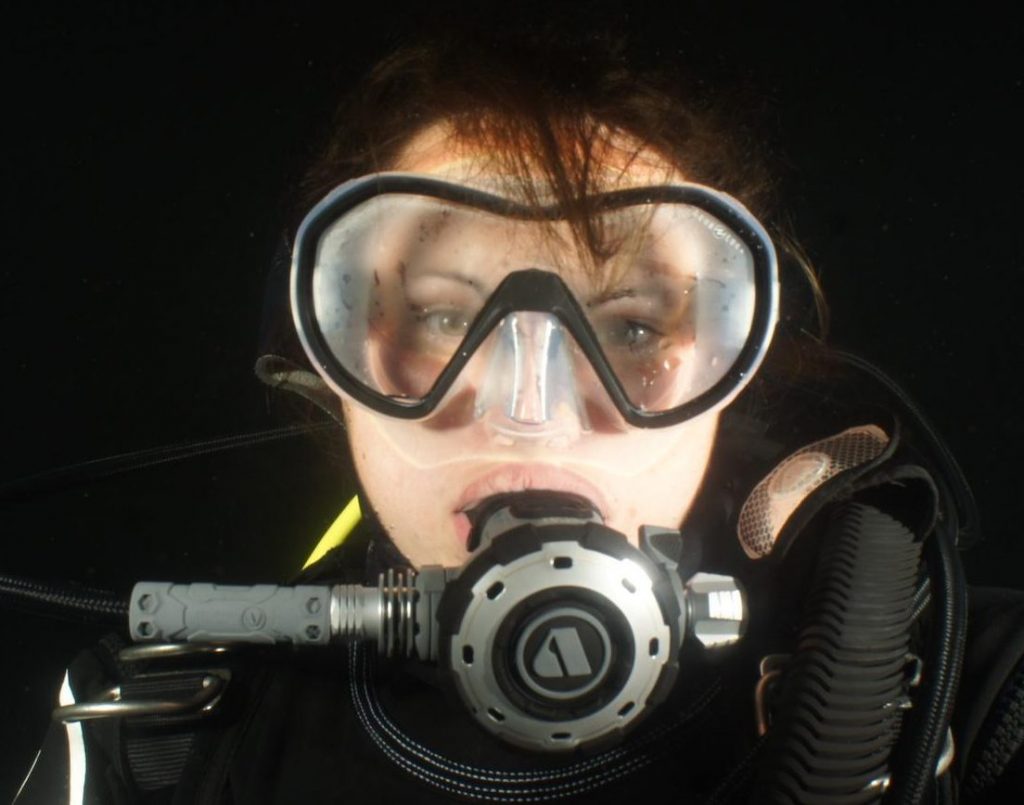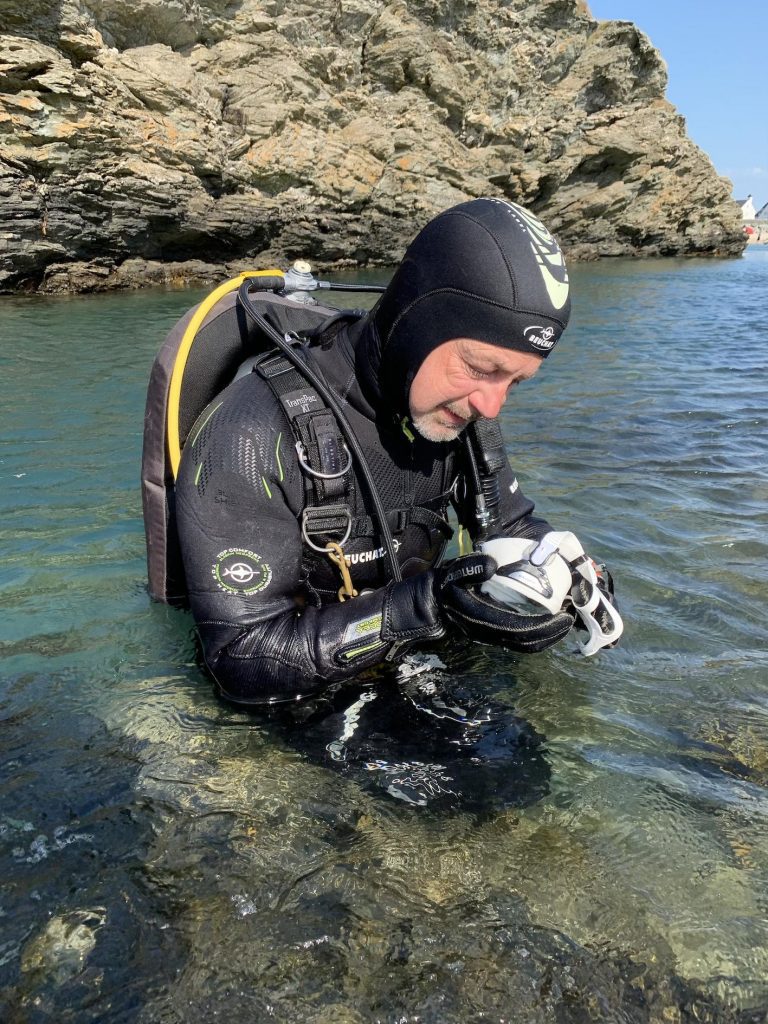Does your mask always fog up, whatever you do just before the dive?
Whether you spit in it, use a mask de-fog, or a mix of both, there is nothing worse than when you go for a dive and it is like diving in thick fog.
Pre-treating your mask
When masks come out of the factory, the glass lens is often still coated with a thin layer of silicone, and it is this which causes the issue – beads of moisture that form within the mask create little balls, and it is this which causes you to ‘steam up’. So, you need to get rid of this layer.

Tempered glass lens
White, regulator toothpaste containing silica is the tried-and-tested tool for getting rid of the silicone layer. Put a pea-sized blob of toothpaste on either side of the interior of the lens, which has to be completely dry. Then rub it thoroughly and firmly around all over the lens, especially around the edges close to where it bonds with the silicone. The silica in the toothpaste will begin to remove the silicone layer on the glass. Once you have completely covered the lens and given it a good rub, thoroughly rinse with fresh water. Then, you need to use a towel to completely dry the lens, which will also remove some of that remaining residue. Now, you can repeat the process. I would suggest doing this five or six times. Often the reason masks still fog up even after being toothpasted is because it has only been done once, or maybe twice – you need to do it several times to ensure every last bit of residue has gone.

Kitchen cleaner that is designated as being safe for glass can also be used to pre-treat your lens, but use sparingly, and rinse thoroughly! You do not want any residue getting in your eyes! Use it in a similar fashion to the toothpaste – put a small amount on the glass, and then rub it around all over the lens. Rinse, dry and then repeat, again five or six times.

There is a third, and somewhat controversial, method – using a lighter to ‘burn’ the silicone layer off the lens. Now, as you can imagine, there are all manner of scenarios where this goes horribly wrong, melting the silicone skirt of your precious mask, loosening the lens in the frame, etc. I have seen this technique used successfully many times, but I have also seen my share of catastrophic failures! If you do decide to go down this route, I would suggest being extremely careful and only lightly using the flame in the middle of the lens, and nowhere near the silicone skirt. The blackened residue will need thoroughly scrubbing off, so you will have to do the toothpaste routine anyway.
NB: Look at the information that comes with your mask! Some now come ‘pre-treated’ with a de-fog agent, so don’t go toothpasting or burning on these as you will simply destroy whatever the manufacturer had put on there.
Before the dive
Just before you venture underwater, you need to either spit in your mask, and rub the saliva around on the lens to create a film that prevents fogging, rinsing it just before you put it on your face, or you can put a small amount of a commercial mask de-fog in. Again, this needs rubbing over the entire lens, and you can give it a quick rinse just before use. You can even buy anti-fog films that fit inside your mask lenses.










Don’t bother with the toothpaste. Chuck it in the dishwasher with your dishes for a couple of cycles. Sorted. Also useful to clean your mask when stuff starts growing in it!
Love this solution lol…. Everything in our house goes in the dishwasher.
Commercial anti-fogging solutions? Or toothpaste. Or baby shampoo. Do the job just as well and cost a lot less.
I use a baby’s tooth brush to rub the toothpaste in and you can get in all the edges and it is more thorough and as gentle as using your fingers